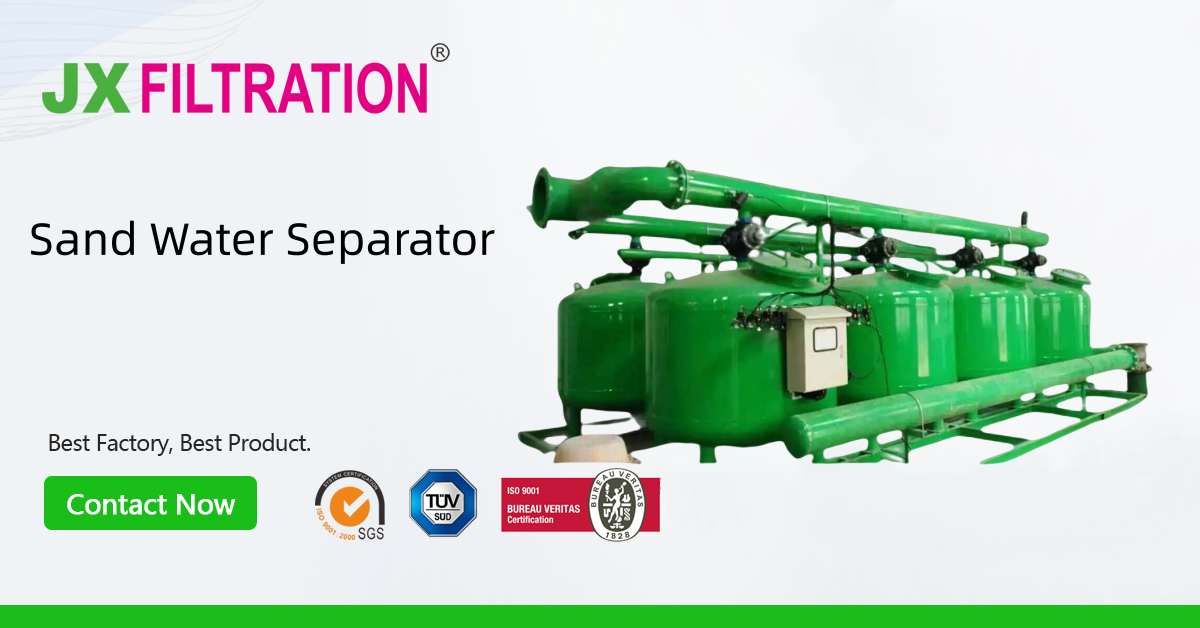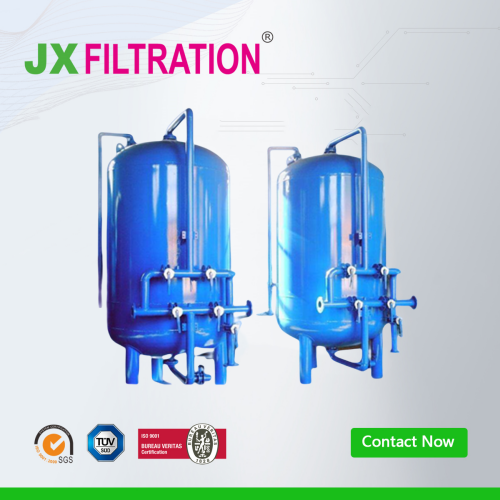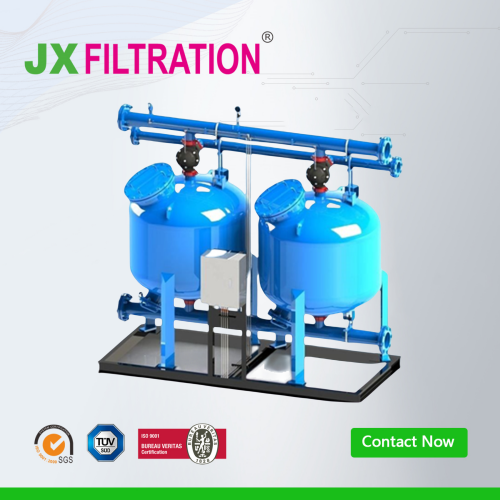Daily Use of Activated Carbon Filter
The effectiveness of the Activated Carbon Filter during operation can be monitored by measuring the turbidity of the filtered water. However, this metric does not indicate the development condition of the filter. During operation, the turbidity of the effluent does not change significantly, and if cleaning is delayed until there is a noticeable increase in turbidity, the filter media may be heavily contaminated and difficult to clean. Therefore, in practical operations, the metric to monitor is the pressure drop across the filter layer.

When the filter starts working, the head loss of the filter media is due to the resistance of the media to the water flow. Over time, as impurities accumulate between the filter media pores, the head loss increases and the filtration rate decreases, which also reduces the flow rate. When the head loss reaches a certain value at the specified flow rate, the filter should be stopped for backwashing to restore the filter media's filtration capability.
When the head loss is significantly high, the filtration operation requires increased pressure, which can cause the filter layer to rupture. At this point, a large amount of water can pass through the cracks, compromising the filtration effect and deteriorating the quality of the filtered water. In practical operations, the controlled pressure differential should be much lower than the rupture pressure differential. This is because if the filter layer is severely contaminated, it will be difficult to clean during backwashing, leading to issues like filter media clumping. Additionally, all parts of the equipment are designed for a certain pressure and cannot withstand excessively high pressures. Therefore, during operation, it is essential to regularly check the transparency of the effluent and the pressure differential between the inlet and outlet. If the effluent becomes turbid or the pressure differential exceeds the limit, backwashing should be performed.
Based on our experiments, we have determined suitable conditions as failure standards for the filter: effluent turbidity >1 NTU, inlet and outlet pressure differential ≥0.05 MPa, or a total production cycle of 5000 tons. When any of these standards are met, backwashing is required. If the filter cycle is too short or too long, the filter layer should be inspected for clumping or appropriate height.
Any Requirements, Contact Us Now!
Kris
Email/Teams: kris@filtrationchina.com
Mobile/Whatsapp/Wechat: +86 18980776200


